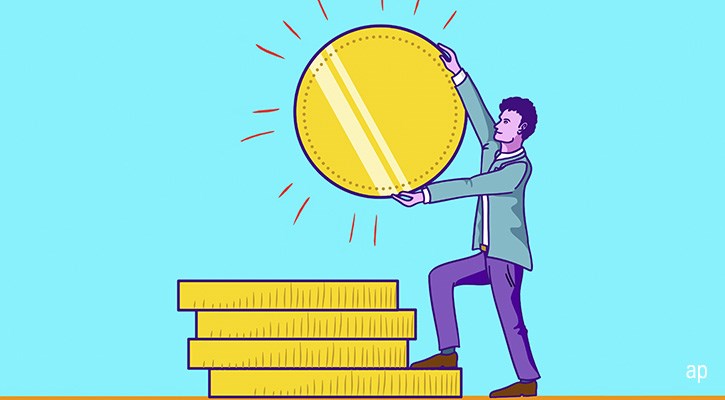While you might have heard that investing is the key to financial success, how can you set aside money for investing when your budget feels tighter than a bicycle tracksuit?
A good starting point is to examine your income and expenses. If your current situation does not allow for investing, and you want to invest, you must either increase your income, decrease your expenses, or do a combination of both.
Getting a raise or starting a side hustle are examples of how you can increase your income, but it can be easier said than done. That leaves us with your expenses.
But first, getting rid of any high-interest debt is always a prudent action. As Morningstar's Director of Personal Finance, Christine Benz, says: "there's no way you can beat a double-digit return by investing in anything else that's guaranteed." Establishing an emergency fund is also recommended. Experts typically advise having at least three months’ salary as an emergency fund, but individual circumstances can influence this amount. With that out of the way, let us have a look at the mental hack.
You are the Master of Coin
Every day, companies battle fiercely to grab your money. Try this, taste that, buy this, just do it! How on earth can we live happily without expensive Nike shoes or 75-inch flat-screen TVs? Warren Buffett once said: “If you buy things you don’t need, you will soon sell things you need.”
The mental hack is to perceive your money as a diligent wealth accumulator. Your money wants to accumulate wealth for you, but it needs a steady hand to guide them down the right path. And this is where you – the Master of Coin – enter the arena. Should anyone care more about your money than you? If you need the motivation to cut expenses so you can invest more, try to acknowledge the tremendous earnings potential that your money offers.
Imagine the following “dilemma”. As the CEO of MyMoneyWorks4Me Inc., you can either hire diligent wealth accumulators that work around the clock, or those with zero future earnings potential. What do you desire? This is something to consider every time you feel the urge to buy anything. Remember that little streams make big rivers.
Increase your Purchasing Power 6X in 31 years
Let us have a look at an example. The following assumptions apply:
- You have saved 100 dollars for investing (e.g. from purchasing necessities on a discount)
- Expected return: 8% per year (20-year annualized return for the Morningstar Global Market Index is 8.6% in USD, as of September 30, 2021)
- Expected inflation: 2% per year (Bank of Canada inflation target)
The chart below displays the investment growth over 31 years based on the above assumptions (real terms means adjusted for inflation). Notice how the graph gets steeper every year. Alternatively, notice how each dot climbs higher and further away from the previous dot every consecutive year. This illustrates the incredible earnings potential that your money offers through the magic of compounding interest. And the earlier you begin investing, the greater is the expected reward.
After 12 years, your purchasing power can double. After 19 years, your purchasing power can triple. In 24 years, fourfold, and in 28 years, fivefold. When 31 years have passed, your purchasing power may have increased six times. Six for one? Yes, please!




















